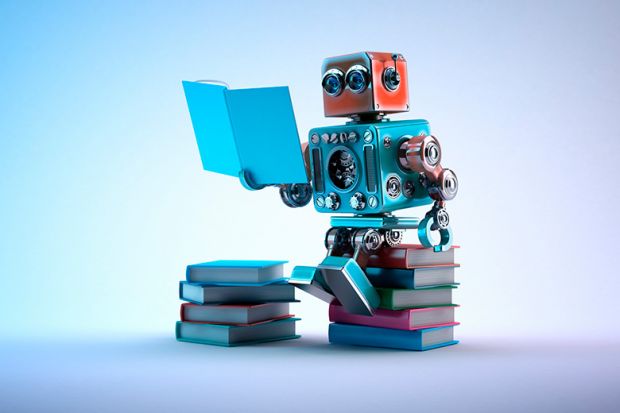Students, meet your new class assistant, Dr Watson. But there’s one thing that you should know: Dr Watson is a robot.
In the past, undergraduates on the receiving end of such an introduction might rightly doubt whether they could learn much from a close relative of Apple’s Siri, or worse, of Microsoft’s Clippy. It might equally have been anathema to academics, fearful that one day they might be replaced by artificial intelligence.
But the journey towards a virtual tutor that can help lecturers to do their job appears to have taken a significant step forward with Pearson’s announcement that it will use IBM’s Watson computer system as a teaching assistant on its learning resources.
Watson is capable of analysing huge amounts of text and data, and can use this to answer complex questions. Significantly for teaching purposes, it is capable of doing this in natural language.
Pearson intends to use Watson to answer students’ questions as they learn material, and to check their understanding. If they fall short, Watson should be able to take them back a few steps and build up their knowledge more gradually.
Pearson believes that, unlike many other answering services, Watson is capable of handling the debates and uncertainties of higher level learning, and could even be programmed to adopt the critical lens favoured by the human lecturer, be it Freudian, postmodern or otherwise.
And there is evidence to suggest that such an approach might be successful: earlier this year Ashok Goel, professor of computer science and cognitive science at the Georgia Institute of Technology, secretly used “Jill Watson” alongside eight human teaching assistants on a class forum without any of his students realising.
Tim Bozik, Pearson’s president of global product, said that Watson’s natural language ability meant that it was on “a different level” to previous generations of digital assistants. It would be “very much a supplementary resource”, he said.
“Learning is an active process and this is about creating interactions to promote more learning,” Mr Bozik said. “Using natural language should make it happen more naturally, and occur more frequently.”
Rose Luckin, professor of learner centred design at the UCL Institute of Education, agreed that the round-the-clock availability of a digital assistant for students could allow academics to use class time much more effectively, if they could be confident that their students understood the background material.
“From a teacher’s point of view, a really good AI system can do more of the basic stuff and leave teachers to do the more complicated teaching,” she said. “For students, it’s accessible whenever they want and they can go at their own pace, and it could help academics to deal with the large numbers of students they teach these days.”
Professor Luckin argued that Watson was a “sophisticated” system and that, if this could be combined with Pearson’s knowledge of pedagogy and online education, it could “make the kind of AI system that is only available to a few people at the moment available to a much broader spectrum” of teachers.
Register to continue
Why register?
- Registration is free and only takes a moment
- Once registered, you can read 3 articles a month
- Sign up for our newsletter
Subscribe
Or subscribe for unlimited access to:
- Unlimited access to news, views, insights & reviews
- Digital editions
- Digital access to THE’s university and college rankings analysis
Already registered or a current subscriber? Login







